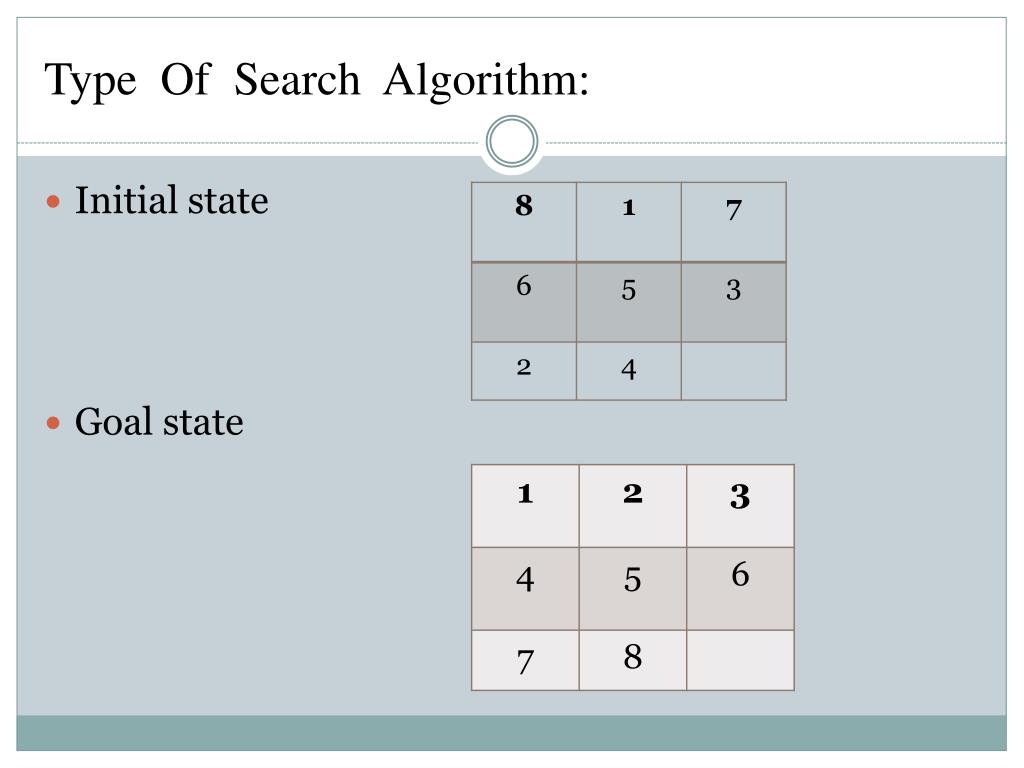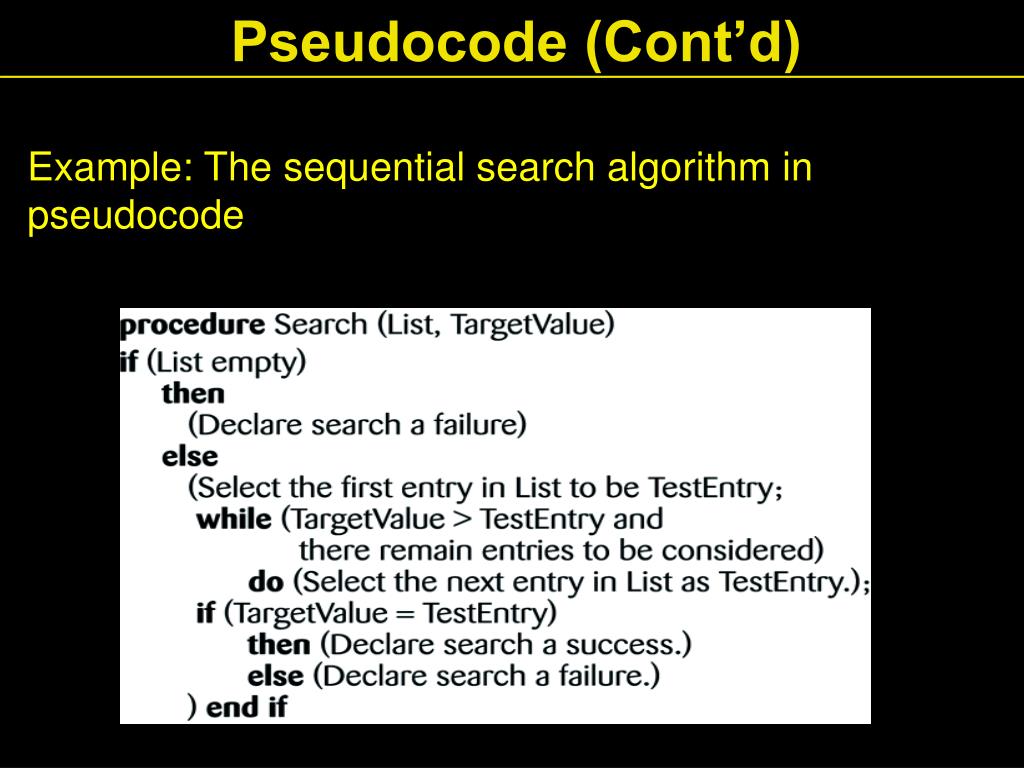

Number of comparisons for all cases in case 1 = Comparisons if element is in index 0 + Comparisons if element is in index 1 +. If element P is in index K, then Linear Search will do K+1 comparisons. So, there are N+1 distinct cases to consider in total.

Analysis of Best Case Time Complexity of Linear Search We will start with the Mathematical Analysis of Linear Search. Printf("Position of %d is %d\n", find, search(arr,size,find))

Index 0 stores the size of the array (initially 0) * Output: if found, returns the index of the element else -1 * Input: an integer array with size in index 0, the element to be searched This algorithm is used to check if an element is present in a list.įollowing is the implementation of Linear Search in C: #include In short, Linear Search Algorithm is an algorithm which checks all elements in a given list sequentially and compares with element with a given element which is the element being searched. Questions/ MCQ on Linear Search Algorithm.To get a better understanding of Linear Search, go through these articles: Space Complexity of Linear Search: O(1).Worst Case Time Complexity of Linear Search: O(N).Average Case Time Complexity of Linear Search: O(N).Best Case Time Complexity of Linear Search: O(1).Analysis of Space Complexity of Linear Search.Analysis of Worst Case Time Complexity of Linear Search.Analysis of Average Case Time Complexity of Linear Search.Analysis of Best Case Time Complexity of Linear Search.We have presented the exact number of comparisons in Linear Search and Time Complexity in Big-O notation. O’Reilly members experience books, live events, courses curated by job role, and more from O’Reilly and nearly 200 top publishers.In this article, we have presented the Mathematical Analysis of Time and Space Complexity of Linear Search for different cases such as Worst Case, Average Case and Best Case. Get Algorithms in a Nutshell now with the O’Reilly learning platform. Often a collection C is accessible by using a read-only iterator that retrieves each element from C (as, for example, a database cursor in response to an SQL query). If a collection A supports indexing, then an index value i can be used to retrieve element A. There must be some way to obtain each element from the collection being searched the order is not important. To locate a patron in the restaurant at any given moment, the hostess simply scans through the information for the collection of tables. When customers are seated at a designated table, the hostess records the names of the customers with that table and erases the names when the party leaves. The restaurant advertises that they will locate any patron in case of emergency and deliver messages to that person promptly. The restaurant is close to a large medical center, and many of its customers are medical staff of the center or family members of patients at the center. It finds t by starting at the first element of the collection and examining each subsequent element until either the matching element is found or each element of the collection has been examined.Ĭonsider the case of a moderate-size restaurant with 10–20 tables that requires reservations for all customers. It is a brute-force approach to locating a single target value, t, in some collection, C. Sequential Search, also called linear search, is the simplest of all searching algorithms.


 0 kommentar(er)
0 kommentar(er)
